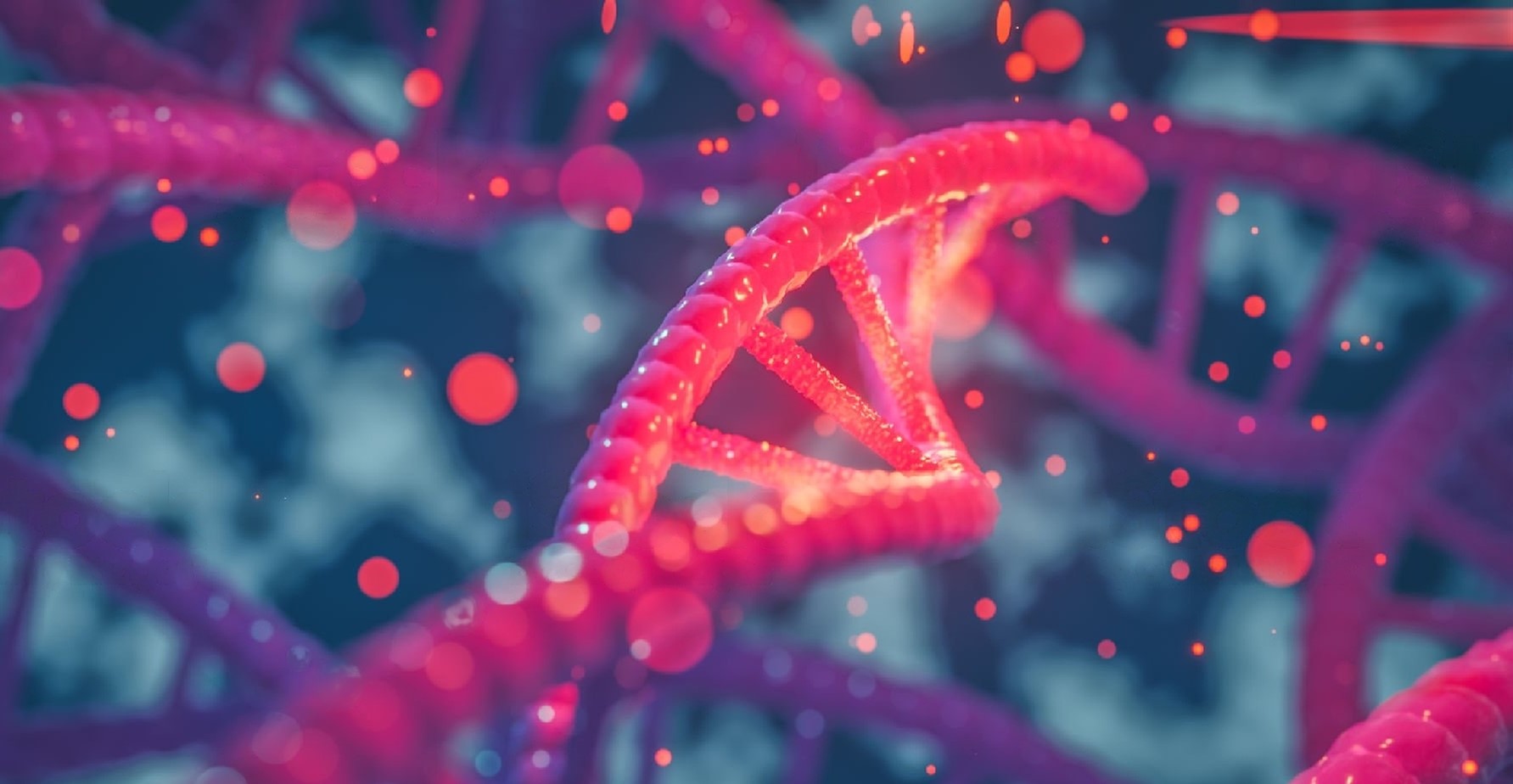Researchers at the Massachusetts Institute of Technology (MIT) have developed a new CRISPR-based gene-editing technique to study different unknown cancer mutations. The technique enables researchers to engineer specific cancer-linked mutations into the mouse models, which can help identify and test new drugs that target those mutations.

The New CRISPR-based Gene Editing Technique
The CRISPR-based gene-editing technique developed by MIT researchers utilizes a modified version of the Cas9 enzyme called Cas9 nickase. This approach avoids introducing double-stranded DNA breaks, which can cause errors when the cell repairs the DNA. Cas9 nickase only cuts one strand of the DNA helix, making gene editing more precise.
The new gene-editing technique will enable researchers to explore many unknown cancer mutations, helping them develop brand-new drugs that target those mutations. This technique has the potential to revolutionize cancer research, as it enables researchers to create mouse models with cancer-linked mutations more quickly and efficiently. The ability to study cancer mutations in animal models will allow researchers to test the safety and effectiveness of new drugs before they are tested in human clinical trials, reducing the risk to patients. The technique can be used to study other diseases with genetic components, opening up new avenues for research and drug development.
Creating Mouse Models
To initiate tumor growth, the researchers injected Cre recombinase into the tissue where they wanted a cancer mutation to be expressed. They also added a guide RNA that directed Cas9 nickase to make a specific edit in the cells’ genome. Also, the RNA guide can be designed to induce single DNA base substitutions or additions in a specified gene. That allows the researchers to create any cancer mutation they want.
The latest method enables gene editing with greater precision, facilitating the creation of highly specific mutations in either oncogenes or tumor suppressors. This is of great significance in the field of cancer research, where multiple mutations contribute to the development of tumors. To prevent errors that can occur during the cell’s DNA repair process, the new technique employs the Cas9 nickase enzyme which cleaves only one strand of the DNA double helix, without causing double-stranded DNA breaks. The researchers are optimistic that this technique can be applied to any known cancer mutation, paving the way for the discovery of unknown mutations and the development of targeted cancer drugs.
Advantages of the New Technique
The new technique is a significant step forward in cancer research, as it enables researchers to perform more precise gene editing, making it possible to create very targeted mutations to either oncogenes or tumor suppressors. The technique is a faster and more efficient alternative to earlier methods, which required several months or even years to produce and analyze mice with a single cancer-linked mutation.
Future Implications: The researchers anticipate that their recently developed CRISPR-based gene-editing technique could be applied to almost all cancer mutations that have been discovered. This innovation will allow scientists to investigate various cancer mutations whose functions remain uncertain and develop novel drugs that specifically target those mutations.
Conclusion
This new technique can revolutionize cancer drug development by providing researchers with a faster and more precise way of testing new cancer drugs. In the past, drug development has been hindered by the lack of suitable animal models to test new drugs. With this new technique, researchers can now engineer cancer mutations into mouse models and test new drugs to determine their safety and efficacy before proceeding to human clinical trials.
The technique is also expected to help in the discovery of new cancer mutations that have yet to be identified. This could lead to the development of new targeted therapies that can improve patient outcomes and reduce the side effects associated with traditional chemotherapy treatments.
One of the most significant benefits of this new technique is its precision. It enables researchers to create targeted mutations to either oncogenes or tumor suppressors, which is particularly important for cancer research, where many mutations are involved in tumor formation. The technique uses a modified version of the Cas9 enzyme to cut one strand of the DNA helix, avoiding introducing double-stranded DNA breaks that lead to errors when the cell repairs the DNA.
Overall, this new CRISPR-based gene-editing technique holds enormous promise for cancer research and drug development. It will enable researchers to explore many cancer mutations whose roles were previously unknown and to develop new drugs that target those mutations. By providing faster and more efficient ways to study the effects of mutations of interest in an intact animal, this technique has the potential to accelerate the pace of cancer research and drug development.
As we see, genetic analysis of both animals and humans constantly reveals new information about the underlying mechanisms of diseases and disorders and helps researchers to develop new treatments and therapies.

